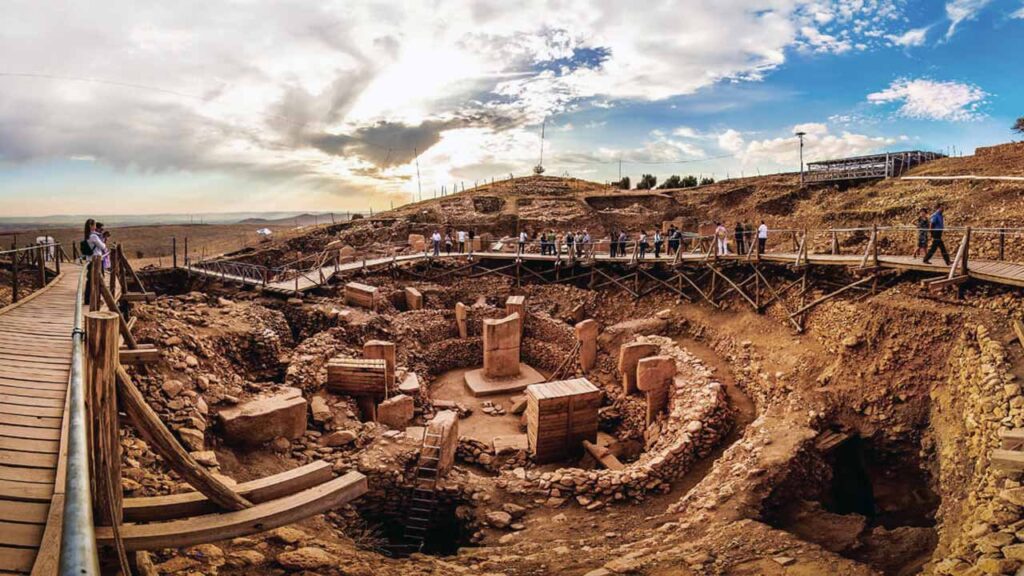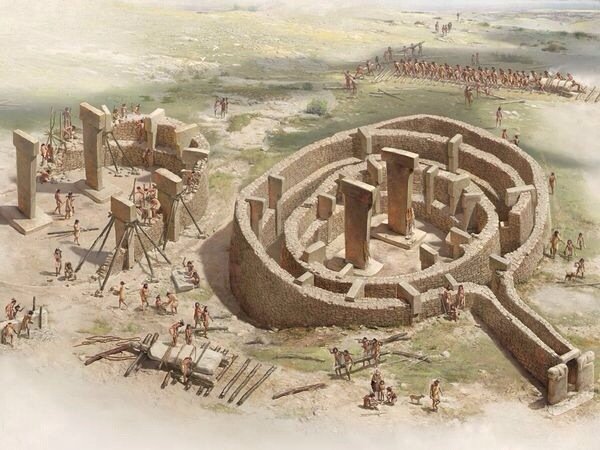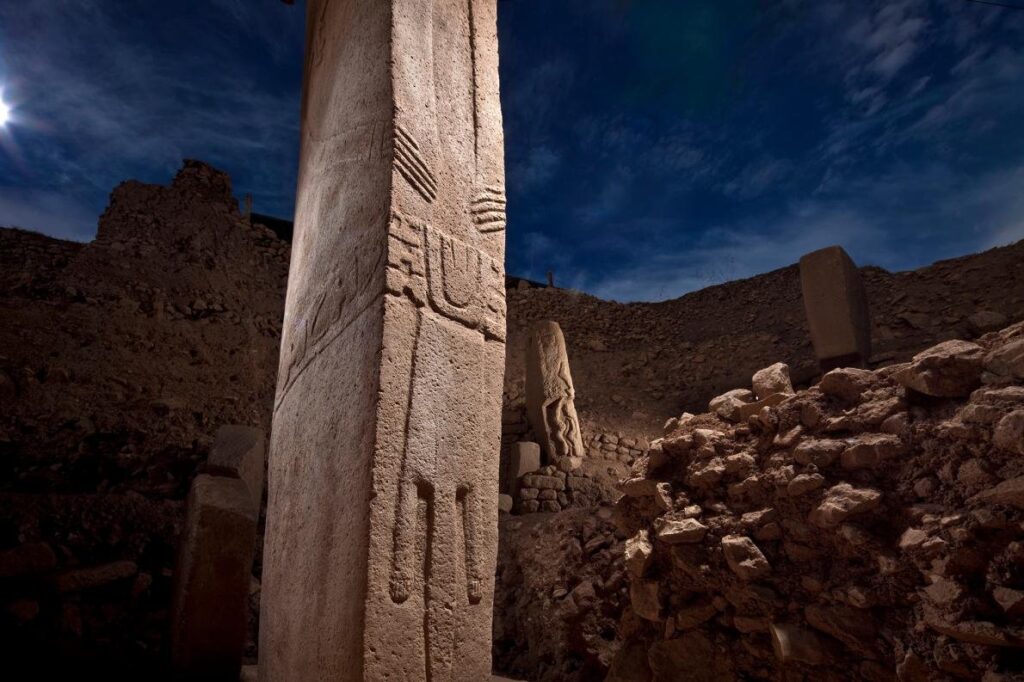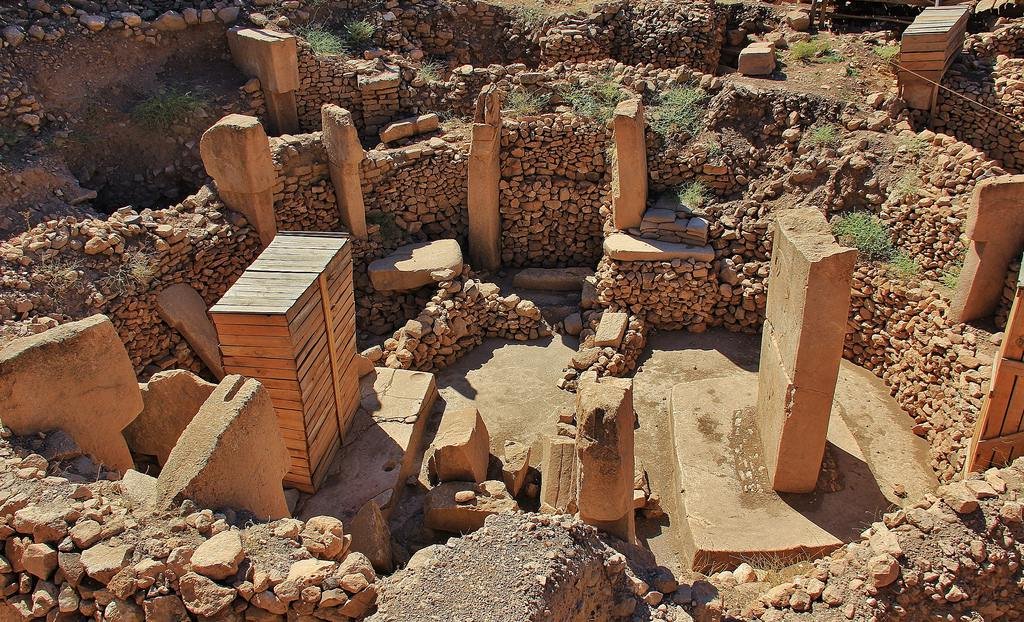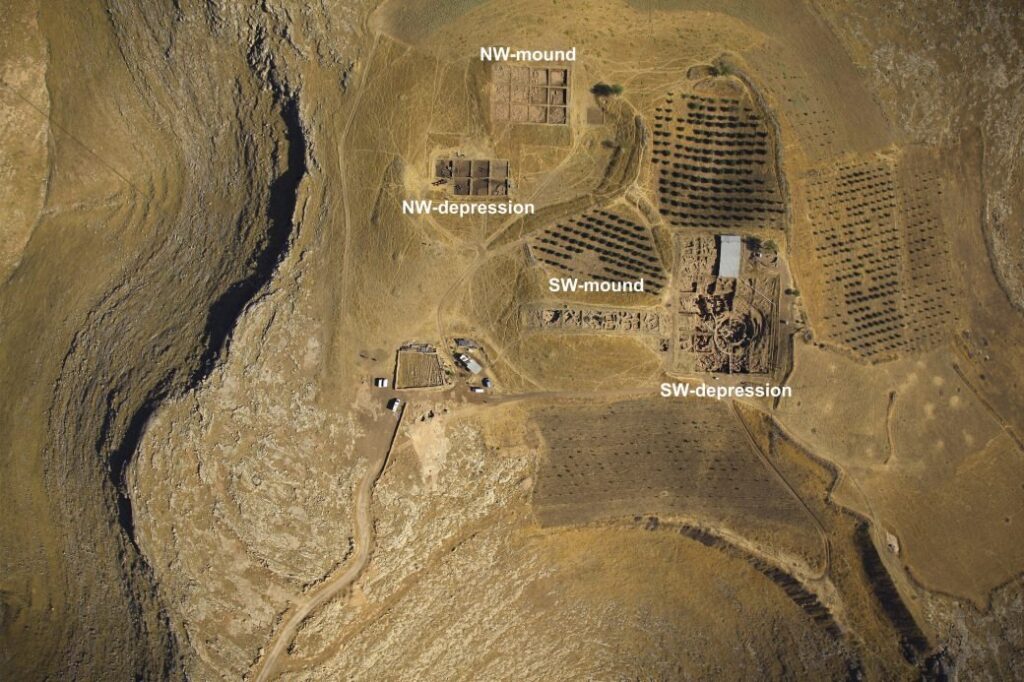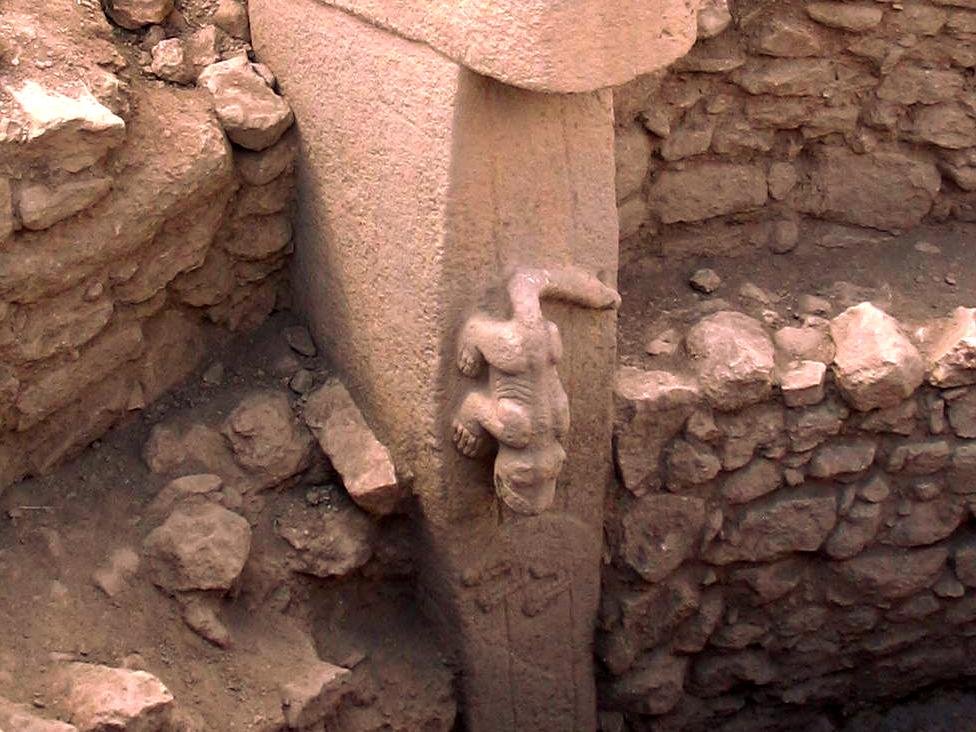Discovered in 1995, the monoliths at Gobekli Tepe are clearly one of the world’s biggest historical mysteries. When found, it appeared to have been deliberately buried in sand, for reasons that still remain unknown.
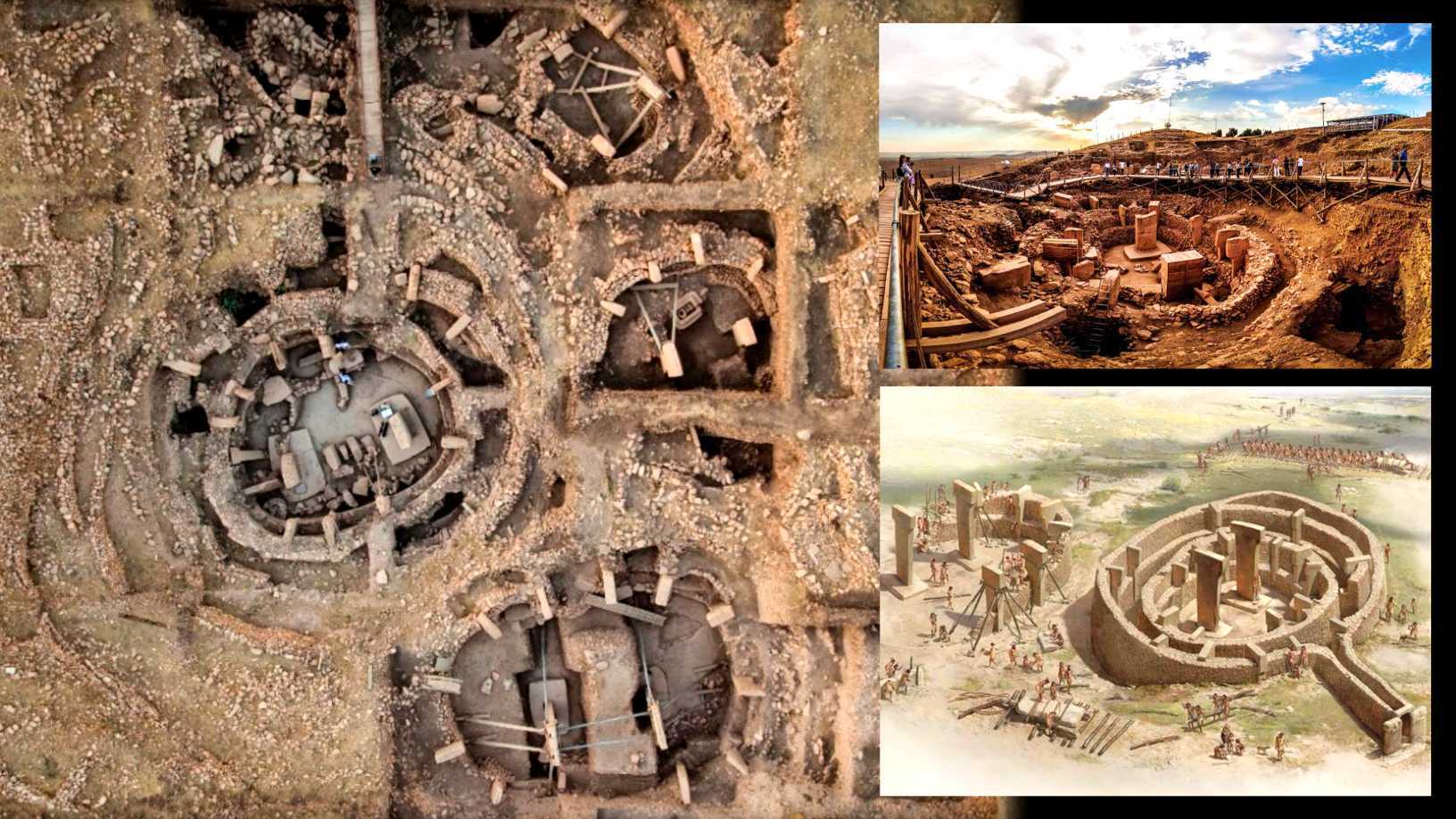
What’s even stranger is that carbon dating estimates the site to be nearly 12,000 years old! The precision carving used during the construction is completely intriguing. So far just 5% of this incredible site has been excavated. Archaeologists planned to leave much of it untouched to be explored by future generations when archaeological techniques will presumably have improved.
The Discovery Of Gobekli Tepe:
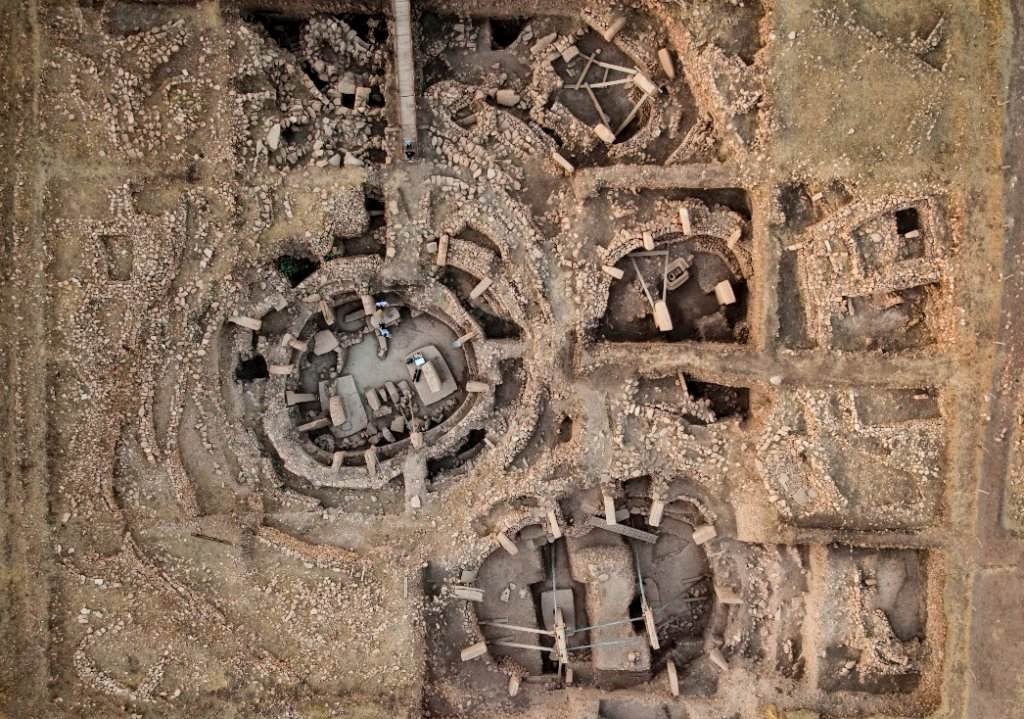
Archaeologists from the Istanbul University and the University of Chicago first found Gobekli Tepe in 1963 during an archaeological survey. But they didn’t think it was anything more than a medieval graveyard. They had found a hill with broken slabs of limestone and didn’t bother looking further, sure there’d be nothing more than a few bones laid to rest a couple of centuries before.
In 1994, Klaus Schmidt of the German Archaeological Institute, who had previously been working at Nevalı Çori, was looking for another site to excavate. He reviewed the archaeological literature on the surrounding area, found the 1963 Chicago researchers’ brief description of Gobekli Tepe, and decided to reexamine the site. Having found similar structures at Nevalı Çori, he recognized the possibility that the rocks and slabs were prehistoric. The following year, he began excavating there in collaboration with the Şanlıurfa Museum, and soon unearthed the first of the huge T-shaped pillars. This was just the beginning of one of the greatest historical mysteries.
Gobekli Tepe – An Intriguing Part Of History:
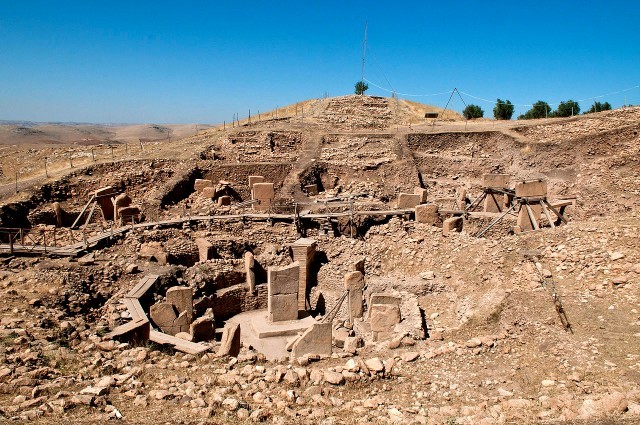
Situated at the northwest edge of Mesopotamia in Southeastern Turkey, Gobekli Tepe is an anecdote that conveys, an ancient manmade hill built from the accumulated layers of millennia of building atop the ruins of those who came before.
At the lowest level which is known as Layer III, its most significant construction dates back to 10,000 to 11,000 BC, at the very end of the Ice Age. It was the period that predates the introduction of writing, metal tools and even the use of wheel in the region by 6,000 years. However, through the radiocarbon method, the end of Layer III can be fixed at about 9000 BC.
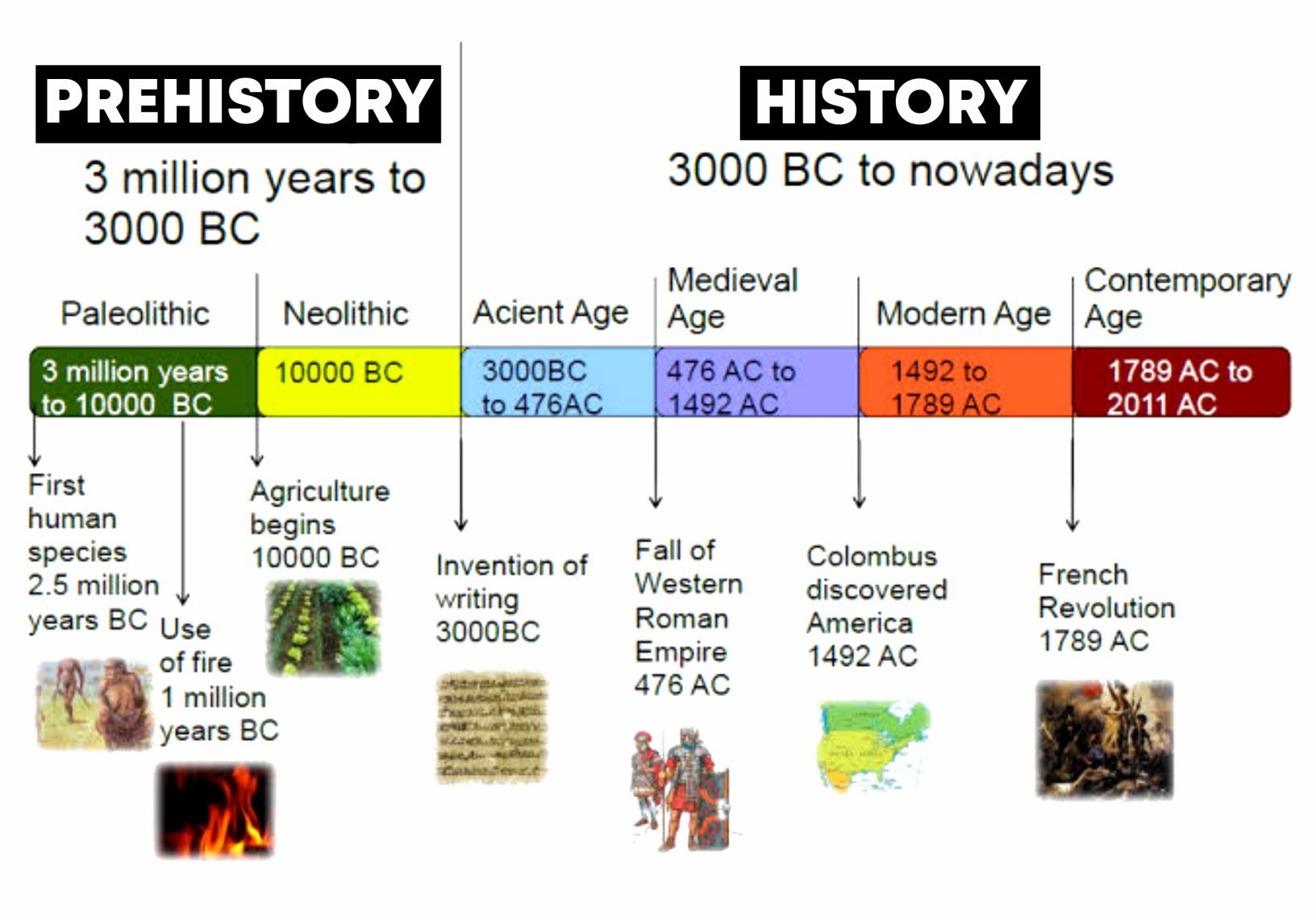
Armed with only the simplest technology, the ancient builders used stone tools to chip enormous blocks of limestone into pillars, each weighing between 11 and 22 tons. Then hundreds of people would work together to move the pillars anywhere from 100-500 meters to the complex.
At the site, the large stones were arranged in circular rings of approximately eight upright pillars, each. Every pillar is comprised of two stones that form a T-shape. Typically, six pillars, connected with low walls, are set around the circumference, and two taller pillars are situated in the center. The tallest pillars reach 16 feet in height, and the largest rings are 65 feet in diameter. To date, nearly 200 pillars have been found at the dig.
Gobekli Tepe Gallery:
Gobekli Tepe – The Oldest Temple In Human History:
It is hypothesized by some archaeologists that the elevated location of the Gobekli Tepe may have functioned as a spiritual center during its time. Across the world and across time, humans have enjoyed building large monuments. To give you an idea of just how old Gobekli Tepe is, consider the following timeline:
- 1644 AD: Construction on the Great Wall of China ended with a total length in excess of 20,000 km.
- 1400-1600 AD: The moai on Easter Island were erected.
- 1372 AD: The Leaning Tower, in Pisa, Italy, was completed after 200 years of construction.
- 1113-1150 AD: The Khmer of Southeast Asia built the enormous temple to Vishnu, Angkor Vat.
- 200 AD: The Pyramid of the Sun in Teotihuacan, Mexico was completed.
- 220 BC: Construction on the Great Wall of China began.
- 432 BC: The “apotheosis of ancient Greek architecture,” the Parthenon, was completed.
- 3000-1500 BC: About 5,000 years ago, a group of crazy Neolithic Britons hauled enormous four-ton stones over 140 miles to erect Stonehenge on Salisbury Plain.
- 2550-2580 BC: Pharaoh Khufu’s tomb, the Great Pyramid of Giza, was completed. It remained the tallest manmade construction until 1311 when the Lincoln Cathedral in England was completed.
- 4500-2000 BC: Pre-Celts cut and placed over 3,000 stones in Carnac, France.
- 9130-8800 BC: The first 20 round structures at Gobekli Tepe were built, essentially, at the very end of the Pleistocene or Ice Age.
The Mysteries That Gobekli Tepe Left Behind:
Gobekli Tepe, which is actually a complex comprised of many temples, may have been the first temple in the world made by man. Evidence found at the site shows that it was used for religious purposes. Most of the pillars located there are T-based, up to 6 meters high, and have different kinds of animals such as bulls, snakes, foxes, cranes, lions, etc. carved into them.
The most astonishing thing is that some pillars weigh between 40-60 tons, causing speculation as to how it was possible for prehistoric men to have built such a monument when basic tools had not yet been invented. According to archaeology, people of that era were considered to be unsophisticated hunters who used semi-blunt weapons made of stones and didn’t even achieve any complex form of basic technologies.
The importance of Gobekli Tepe lies in the fact that the people who lived there were much more advanced than previously imagined. This great archaeological find just shakes our ‘conventional understanding of human civilization’ to the core.
At this point, the Ancient Astronaut Theorists have put forward their convincing theory that beings from another planet could have aided mankind in these ancient times and enabled them to create such impressive structures not just in Turkey, but in many countries throughout the world.
Conclusion:
The human was supposed to have been a primitive hunter-gatherer at the time of the Gobekli Tepe’s construction. The site’s presence currently predates what science has taught would be essential in building something on the scale such as those structures. For instance, the site appears before the agreed-upon dates for the inventions of art and engravings. It even predates man working with metals and pottery but features evidence of all of these.
The problem is not in the existence of the Gobekli Tepe monuments, actually, the problem is in what we have lost, our lost history. If we look back in history we will find there are thousands of mysterious events that took place within a tiny fraction of human history. And if we keep aside the cave paintings (which wouldn’t make a big difference), the fraction that our historians and scientists really seem to know is perhaps not more than 3-10%.
Historians acquired most of the detailed ancient history from various scripts. And the Mesopotamian civilization, consisting of people we call Sumerians, first made usage of the written script over 5,500 years ago. “Anatomically Modern homo sapiens” or homo sapiens sapiens first existed around 200,000 years ago. So out of 200k years of human history, 195.5k are undocumented. Which means approximately 97% of human history is lost today. And the Gobekli Tepe exemplifies a tiny but a truly valuable part of that lost history.

